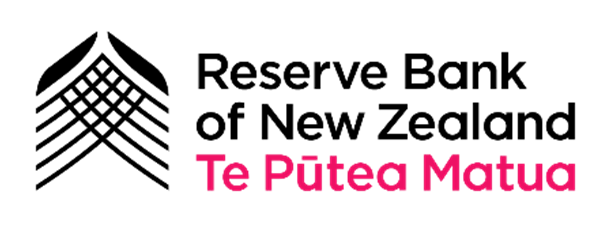





31 August 2022
Angela
[FYI request #19881 email]
Dear Angela
Thank you for your request dated 11 July 2022 to the Reserve Bank of New Zealand – Te Pūtea
Matua under the Official Information Act 1982 (OIA) for the following information:
Please advise what is currently backing the New Zealand dollar? Where has the lawful
money gone in New Zealand? In the USA the full faith and credit was pledged, including the
citizenry, so the people are backing the money, and as a private organisation, what is
securitizing the Fiat currency being used by New Zealand people?
How many New Zealand birth certificates are currently being traded on the Stock Exchange?
Are New Zealand people being used as collateral for loans of credit from International
Creditors?
NZ Government falsely claim the NZ birth certificate is not a trust, but all elements of a
constructive trust are in existence in the certificate issued that is not a voluntary contract,
where is the consent for the creation of the bdm107a that is backing the NZ fiat currency?
Is the reserve bank a private, for profit entity?
NZ government is engaged in slave trading without the consent or knowledge of the
enslaved, the child being the RES or CORPUS of the trust, and now currently being defined
as EMISSIONS transferring assets of the unsuspecting individual to private entities via the
UN sustainable development scam, are these private estates and assets being managed
through Trivium SPV Europe Ltd as Executors and holding company of NZ INsurance
company trust??
The Instrument(bdm107a) establishes a TRUST where none could exist before the live birth
of a new citizen, except there is NO consent for living tangata-o-te-whenua to be made into
citizens and then willed by these documents into transferral of assets, where is the consent
or contract that authorise the creation of this instrument?
How can One pay a debt or obligation in New Zealand or Moana Nui a Kiwa when the only
money available is (monetized) debt?
How can an individual discharge the debt or obligation in New Zealand without creating
more debt?
Ref #X771360 v1.0
According to c.f BOE Act 1908 s23 a wet in signature is essential to liability, why then are NZ
people not being advised to discharge the debts?
Response
Legislative environment and role of the RBNZ
The Reserve Bank of New Zealand Act 2021 (RBNZ Act) is the legislation that outlines the
purpose, functions and powers of the RBNZ, and provides for its operational independence. It
includes the RBNZ’s monetary policy functions as well as its regulatory and supervisory
functions and powers. The RBNZ acts independently of the Government and maintaining the
independence of the RBNZ is important. New Zealand’s central bank needs to be able to
formulate monetary policy (that is, the management of money supply and interest rates) free
from political influence.
Under section 8 of the RBNZ Act, the RBNZ is required to formulate monetary policy with the
goals of maintaining a stable general level of prices over the medium term, and supporting
maximum sustainable employment. The RBNZ must also assess the effect of its monetary policy
decisions on the Government’s policy to support more sustainable house prices. In regards to
price stability, the RBNZ’s objective is to keep future annual inflation between 1 and 3 percent
over the medium term, with a focus on keeping future inflation near the 2 percent mid-point.
You can read the RBNZ Act here:
https://www.legislation.govt.nz/act/public/2021/0031/latest/LMS286978.html?src=qs
Sovereign debt
Sovereign debt may also be referred to as Government debt or public debt. The Government
does not use assets or other forms of collateral to “back” its sovereign debt, which is a promise
to pay out of future tax revenue. New Zealand has relatively low sovereign debt levels by
international standards and has a strong international credit rating. The link below shows New
Zealand’s credit ratings, as assigned by international credit rating agencies. Credit ratings are
a measure of a country’s willingness and ability to service its financial obligations.
https://debtmanagement.treasury.govt.nz/investor-resources/credit-ratings
I am declining the remaining parts of your request under section 18(e) of the OIA, as the
information requested does not exist, noting that the premise of your request is based on
incorrect information.
As part of our assessment process, I consulted with the Department of Internal Affairs (DIA)
about a partial transfer of your request, however, they refused transfer in this instance. DIA
advised that your questions had already been refused by them under section 18(e) of the OIA,
as the requested information does not exist.

You have the right to seek an investigation and review of this response by the Ombudsman, in
accordance with section 28(3) of the OIA. The relevant details can be found on the
Ombudsman’s website at www.ombudsman.parliament.nz.
Please note that we intend to publish a copy of this response on the RBNZ’s website at
www.rbnz.govt.nz/research-and-publications/official-information-requests. Responses to
requests are published in order to improve public transparency and provide an additional
resource for anyone seeking similar information.
Yours sincerely
Ruth Duncan
Senior Advisor, Government and Industry Relations
Reserve Bank of New Zealand - Te Pūtea Matua






